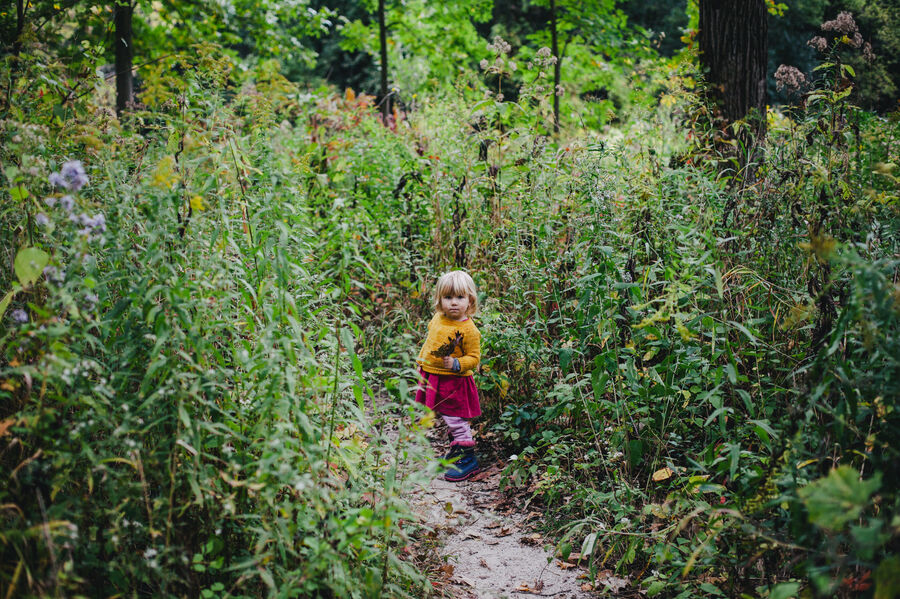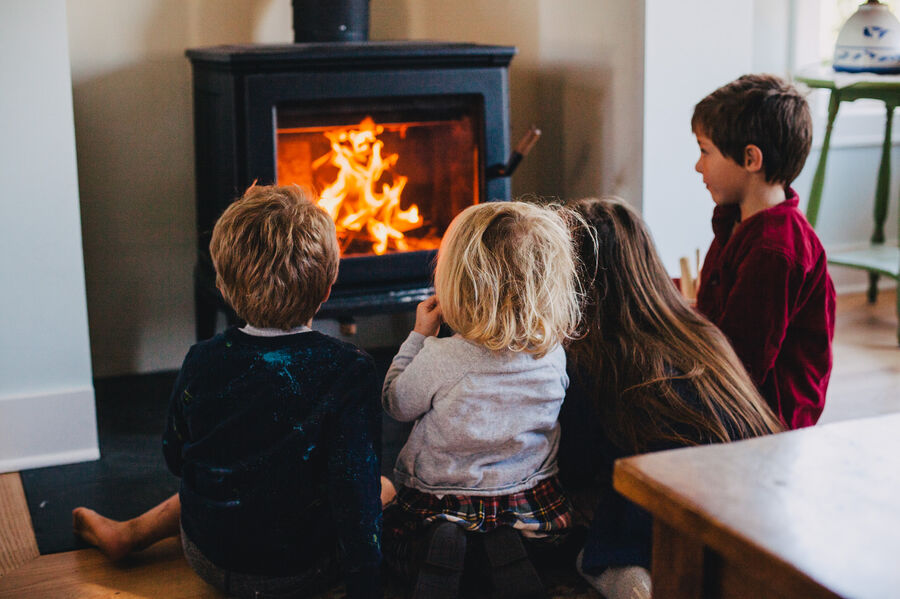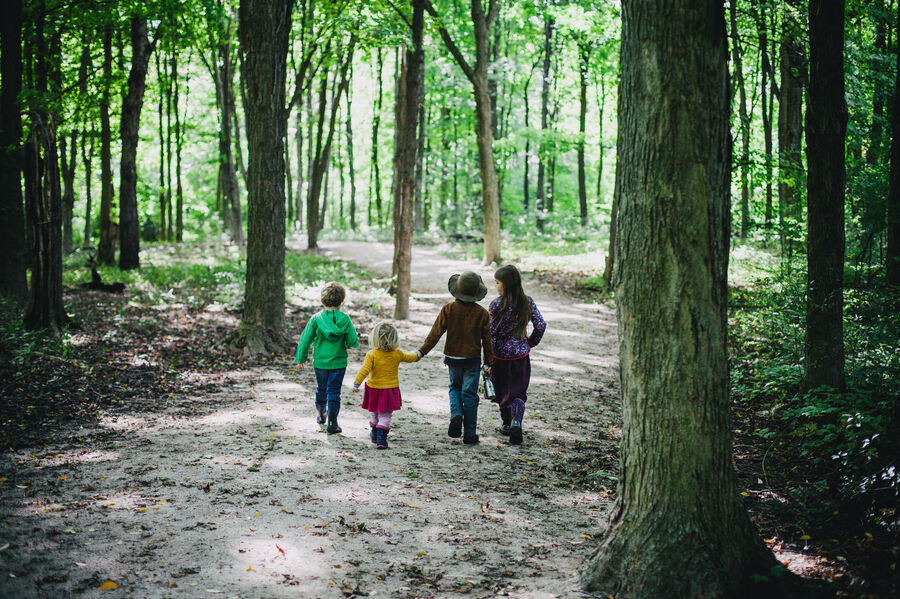One of my longtime favorite terms is family culture. Those two words are so rich with ideas and sum up so much of what I think and care about. When I first heard the term I wouldn’t say it was widely used (in that it wasn’t part of the common vernacular), and it had a very specific meaning. But in recent years I have started to see the idea bandied about more and more, especially on visual-heavy platforms. It’s the same sort of phrase, but it doesn’t mean the same thing. This is the rise of the consumeristic, materialistic, curated “family culture”.

I’m glad that there seems to be a revival of interest and value placed on the family and on family life these days (at least in some circles), but I think our generation is trying to start from scratch rather than rediscovering the “collective memory” (as Auntie Leila calls it), and it’s led to confusion because we have a rotten anthropology. We have bought the lie that you are what you buy, what you wear or what your house looks like, a lie that we have been fed because you can’t make a considerable profit on a family reading, singing, praying, gardening or eating together. So we’ve taken the lie that we believed about ourselves, and just carried it right on into the families we have started. Naturally, we’re more obsessed with creating a family image than a true family culture.
The reason this won’t work is that family culture is not a commodity; it’s not something that you can buy. In fact the great irony is that for most of us, to be able to create a truly rich family culture, the kind of culture that we want, it’s going to require certain sacrifices that don’t always look that glamorous. Because someone needs to be home to make the home, and that usually requires a certain amount of thrift. Even in the case that your financial situation doesn’t require it, we still want to teach thrift to our children as part of our family culture: to be grateful and not wasteful. “Use it up, wear it out, make it do, or do without” is a maxim that needn’t know income class.
Family culture doesn’t just happen; it takes a dedication of time and energy that precludes perfecting our social media image or endless online shopping to procure the things. It’s not that those things are all bad, just that they are peripheral and are not the means to creating family culture. And yes, they can sometimes monopolize our time and energy in a way that interferes with what it takes to build true family culture, and in that case must be sacrificed. Even personal dreams must sometimes be sacrificed, because family culture is by its very nature not individualistic, but maintains a vision of the collective family good.

Lest this seems to be waxing a little gnostic, let me say that the physical realities of your home and person are not unimportant (see my other post on beauty and the home!); we are embodied and our lives are embodied, which means that the material realities of ourselves and our homes are an expression of what it means to be humans. I love Charlotte Mason’s use of the phrase “ideas clothed upon by facts”; the ideas are what truly matter, are living, are food for our mind, and the facts are accessory (not that we are merely spiritual clothed with material, as Emily Stimpson says in her book These Beautiful Bones, "none of us are souls simply inhabiting bodies. Our bodies aren't mere husks. They're not containers, interchangeable, dispensable, disposable. They are us. . . We're spirit and body, body-persons." Anything less leads to either gnosticism or humanism). But ideas are somewhat abstract, which is why I suppose we’re prone to make facts the primary thing in education, because they’re more concrete and easier to measure. Well, we’re looking for a “culture clothed upon by things”. The things are a necessary accessory to the culture, but because they are more concrete and easier to pin down, we can tend to make them our primary focus. Can you have a beautiful family culture in a one-room house with a dirt floor? Just ask Ma Ingalls. But she kept it clean and Pa had his fiddle. We probably need to have a decent amount of good books (since the library isn’t always a great help to us there), and maybe instruments for the children to learn to play, and comfortable and clean places to sit and read or talk, and yes, even beautiful things to behold that feed the soul and shape the beauty-sense like art on the walls and flowers in vases. But let’s not lose sight of the fact that Ma did indeed create a beautiful family culture in one room with a dirt floor. The things are a necessary accessory, but they can take over, even to the point of opposing the very family culture we are trying to cultivate.

The motto of Charlotte Mason’s Parent’s Union was “education is an atmosphere, a discipline, a life.” In several places she insists on the fittingness of the term “atmosphere” over “environment”: in her 20 principles where she says “When we say that ‘education is an atmosphere,’ we do not mean that a child should be isolated in what may be called a 'child-environment' especially adapted and prepared”, and again in volume 3, School Education, where she says:
By the way, we lose something by substituting 'environment' (that blessed word, Mesopotamia!) for atmosphere. The latter word is symbolic, it is true, but a symbol means more to us all than the name of the thing signified. We think of fresh air, pure, bracing, tonic,––of the definite act of breathing which must be fully accomplished; and we are incited to do more and mean more in the matter of our children's surroundings if we regard the whole as an atmosphere, than if we accept the more literal ‘environment.’
Not only do I think that the atmosphere that Mason is speaking of is in many ways synonymous with the family culture of which I speak, but how she contrasts it to environment can also shed light on the consumerism and materialism I’m addressing. Atmosphere is indeed symbolic, even spiritual, one could say, while environment is literal and material. Now in her 20 principles, part of what she is objecting to is an environment especially prepared for a child (think Montessori) instead of that which is naturally occurring in the home, but she makes it clear in volume 3 that her objections to environment run deeper, namely because “we lose something.” That’s exactly it; the environment, which refers more literally to the material surroundings of the child, doesn’t go far enough. It falls short of the spiritual realities of the atmosphere. When our quest for family culture becomes materialistic, even consumeristic, it is aiming too low. When we focus all of our energy perfecting our home or wardrobe, our children’s toy collection, our Pinterest-worthy schoolroom, we have settled for “environment” and we have missed the point. I’m reminded of that quote by Lewis from Mere Christianity: “Aim at Heaven and you will get earth ‘thrown in’: aim at earth and you will get neither.” Aim for true family culture and the environment tends to take care of itself, in ways that are more authentic and fitting and to a degree that is more appropriate.

So if we don’t create the atmosphere primarily materially, where does it come from? The answer is you. You and your spouse. Your family culture begins with who you are, what you value and care about, which manifests itself in what you think about, talk about, and do. This becomes who your children are, and what they value and care about, and what they think about, talk about, and do, and ultimately what you do together as a family, and how you treat each other and others. That’s a pretty intimidating calling, because we can fake an environment by having all of the things just right, but there are no shortcuts to virtue and values. We can try to fake who we are too, but that always fails, because “A good man brings good things out of the good stored up in his heart, and an evil man brings evil things out of the evil stored up in his heart. For the mouth speaks what the heart is full of.” (Luke 6:45) And as Proverbs 4:23 says, “Above all else, guard your heart, for everything you do flows from it.” Eventually what is really in our heart spills out, it always does, and it determines what we care about, speak about, and do. You certainly can’t buy a good heart, but it’s out of a rightly ordered heart that flows the love for truth, beauty and goodness that seeks for these things everywhere and naturally builds a rightly ordered, thriving family culture.
